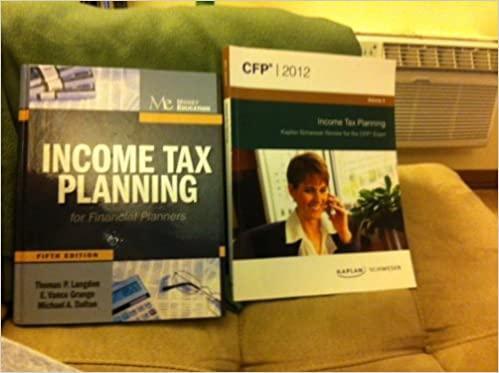






The Shop began 2018 with 30,000 units of inventory that cost $18,000. During 2018, The Shop purchased merchandise on account for $458,000 : (Click the icon to view the purchases.) Cash payments on account totaled $411,000 during the year (ignore purchase discounts). The Shop's sales during 2018 consisted of 510,000 units of inventory for $1,020,000, all on account. The company uses the FIFO inventory method. Cash collections from customers were $697,000. Operating expenses totaled $230,000, of which The Shop paid $208,000 in cash. The Shop credited Accrued Liabilities for the remainder. At December 31, The Shop accrued income tax expense at the rate of 35% of income before tax. Read the requirements. Requirement 1. Show how The Shop would compute cost of goods sold for 2018. Units Total Cost Units sold from beginning inventory Units sold from Purchase 1 Ing inventory Units sold from Purchase 2 Units sold from Purchase 3 510,000 Cost of goods sold Requirement 2. Prepare The Shop's income statement for 2018. Show subtotals for the gross profit and income before tax. The Shop Income Statement Year Ended December 31, 2018 Requirement 3. Make summary journal entries to record The Shop's transactions for the year, assuming the company uses a perpetual inventory system. Explanations are not required. (Record debits first, then credits. Exclude explanations from any journal entries.) Begin with the single entry to record the purchases. Journal Entry Date Accounts Debit Credit Next, record the cash payments on account. Journal Entry Date Accounts Debit Credit Now record the sales made on account. (Do not yet record cash collections for customers or the cost related to the sales. We will do this in the following journal entries.) Journal Entry Accounts Date Debit Credit Record the inventory transaction associated with the sale of merchandise Date Journal Entry Accounts Debit Credit Record the collection of cash from customers. Finally, record the entry to accrue income tax. Journal Entry Date Accounts Debit Credit Requirement 4. Determine the FIFO cost of The Shop's ending inventory at December 31, 2018, two ways: a. Use a T-account. (Abbreviation used: COGS = cost of goods sold.) Inventory Record the collection of cash from customers. Journal Entry Accounts Date Debit Credit Record the operating expenses. Journal Entry Accounts Date Debit Credit Finally, record the entry to accrue income tax. b. Multiply the number of units on hand by the unit cost. Number of units in ending inventory Unit cost of ending inventory at FIFO FIFO cost of ending inventory Requirement 5. Determine The Shop's gross profit percentage, rate of inventory turnover, and net income as a percentage of sales for the year. In The Shop's industry, a gross profit percentage of 40%, an inventory turnover of six times per year, and a net income percentage of 7% are considered excellent. How well does The Shop compare to these industry averages? (Round your answers to one decimal place, X.X.) Industry "Better" or "Worse" than average? The Shop Gross profit percentage: Average 40% 6 times 7% Inventory turnover: times Net income as a percent of sales: i Data Table $ Purchase 1 140,000 units costing Purchase 2 240,000 units costing Purchase 3 220,000 units costing 112,000 192,000 154,000 Print Print Done













